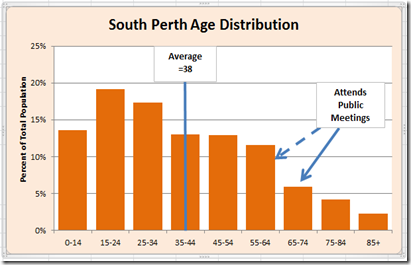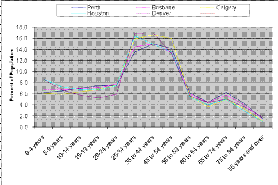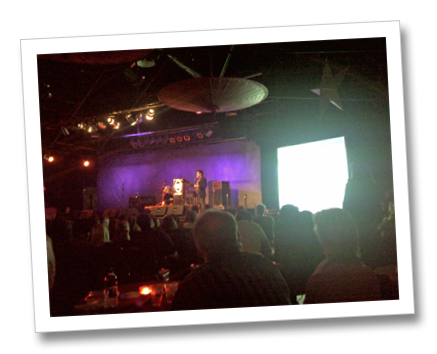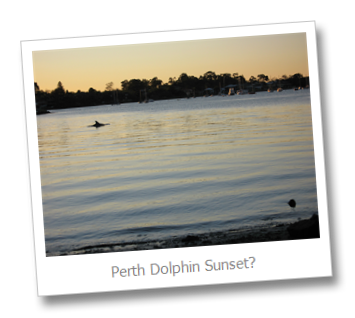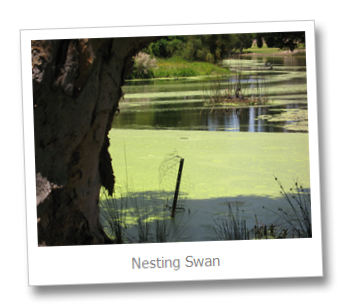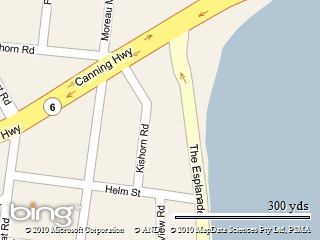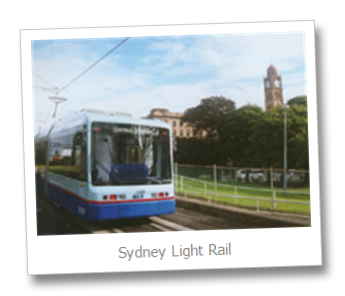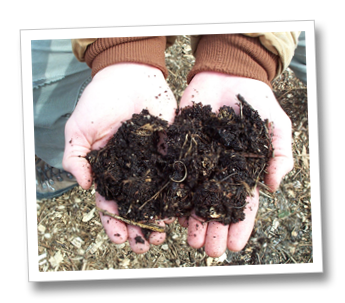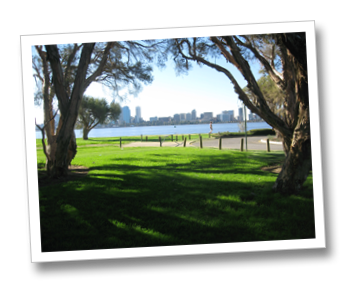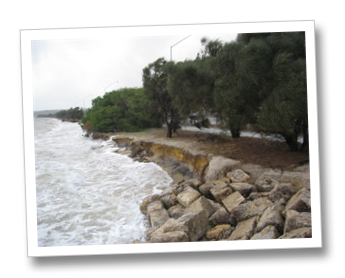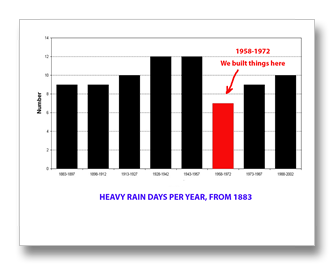Today the Federal Government releases a set of sea level rise maps. These highlight low areas that are vulnerable to rising sea level between now and 2100. The message is that no amount of action is going to stop climate change in the short term. We have got to do what we can to live with it and learn how to care better for our planet.
Sea level rise depends on expansion of ocean water as it warms, local effects due to land rise and fall, ocean winds and currents and behaviour of polar ice caps.
As around 85% of us live near the sea this will affect most of us. We can use the maps to assess how we might adapt to likely water level rises and sometimes to mitigate these changes.
Ways that we could be affected go well beyond possible inundation of roads, services such as police stations and houses in low areas. There are likely to be changes to insect breeding patterns, fisheries, storm impacts on river and coastal areas, transport and other essential services. We will probably see Perth groundwater become more salty. Sewerage engineering will be affected. Water bird nesting sites could be under threat. Industries such as tourism, agriculture, construction, health and local government will have to re- assess what they do and how they do it.
The world warmed by 0.7 degrees last century. Every year this century has been warmer than 99 of the previous 100 years. (OK, that was 1998). The IEA suggests that we will warm 3.5 degrees this century. The battle to limit global warming to a small amount is probably over.
We now must find ways to live with less fresh water, higher sea levels, less but more intense storms, weather extremes, changes affecting crops, weeds, birds and insects. We will be better able to do this if we have a resilient economy, good education and open public information.
This year’s simultaneous almost total drought in WA and floods in the East, consecutive record northern hemisphere cold winters, devastating floods in Pakistan and other events demonstrate the power of these effects and the need to learn how to adapt.
In a local sense we already see significantly less runoff to our dams, where we lose about 50% to evaporation anyway. Warmer summers increase this loss. Only about 2% of rainfall runs off to rivers. We can expect even less water in our dams.
Some of our adaptation will result from Government decisions but mostly it will be the sum of individual actions- where to move to, what crop and when to plant, what sort of house to build and so on.
As more people abandon cropping in marginal areas we’ll face the challenge of migration to cities, where we use less energy and water per head anyway. Maintaining food production without deforestation and destroying natural areas will require better farm management and information services. A push for biofuels might exacerbate these issues. World food shortages could lead to higher prices, perhaps to the benefit of good farmers. Species loss is likely as we expand cities and farms.
Town planning will require new understandings and guidelines. Will we still allow dark roofs, no eaves, green lawns? How can we plan for better public transport? How soon can we swap coal mines for wind and solar power? What will be the effect on our trading partners and the Asian region with which we are more closely integrated every day? What new ways of living and working can we imagine, in a world quite different to that which we have experienced?
Please feel free to add your thoughts, by clicking on “Comments” below.


